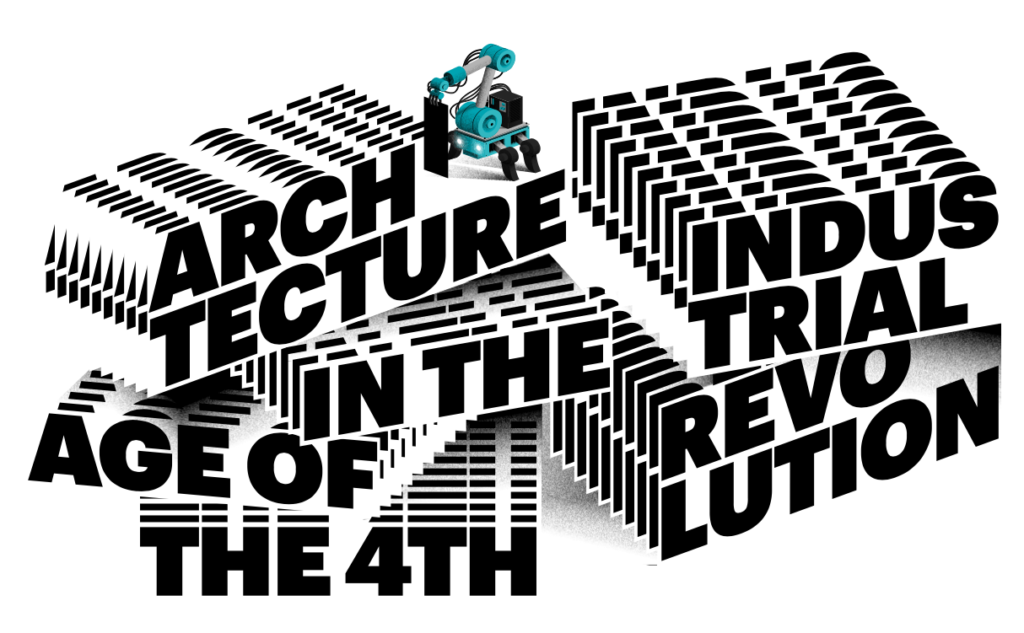
Aesthetics in Computational Design: A Reflection on Max Bense’s Theory on Aesthetics of Information and State of Things (2019) Achim Benjamin Spaeth
Spaeth identifies articulation as the element that differentiates “architecture/design from all engineering disciplines” (pp.2) and acknowledges that “architectural articulation is extended into the aesthetic realm of computational architectural design methods” p2.
The author reflects on Bense’s ideas (Bense and Walter, 1997-1998) of mathematical, technic or scientific aesthetics, in what regards finding the qualities of one object or the phenomenon which makes the object appealing or beautiful by using rational analysis and not subjective perception.
“Achieving pure judgement on the aesthetic quality of an object, the perceiving subject must have no individual interest in the object and in the satisfaction from its perception.” (Spaeth, p.2)
Bense classifies the qualities of an object or phenomenon in three states depending on the laws and/or conventions involved in its creation: the physical state, the semantic state and the state of aesthetics.
Spaeth then concludes:
“Consequently, according to Bense’s definition, the natural world, nature, is incapable of generating aesthetics states, because the emergence of nature, which may appear beautiful or of aesthetic value to us, is the necessary consequence of a completely determined process” (Spaeth p.3)
Subsequently, moving to architecture, and the generation of architectural products through computation, the author tries to see if computer-based processes, which are algorithmic processes determined by rules, have creative potential and can generate any aesthetic state (even when inspired from nature).
In defining the creative scheme, the author states that “the creative scheme locates beyond the consequences of natural science and physics and beyond semantic conventions” (p.4) and thus, an object with aesthetical potential cannot be obtain through deterministic processes. Considering that the physical state is generally determined, and the aesthetic state is individually or singularly determined, and the semantic state is somewhere in between, the author argues that architecture – exemplifying Schumacher’s parametric style, which needs some sort of convention to be understood – may pertain to the semantic state.
“However, the architecture synthesis is not understood as a mere consequence of semantic articulation but as a wilful transformation of functional exigencies into an artistic concept.” (Schumacher 2014, in Spaeth, p.4)
The author then analyses the aesthetic potential of computational design systems: constraint based systems, rule based systems and evolution based systems; concluding that the simple action of applying a computational tool doesn’t necessarily generate aesthetic potential, but creating and setting rules and constraints does. He proposes another premise in which the aesthetic dimension goes “beyond the subjective and individual preferences of visual appearance or the utilitarian and technical justification of performance requirements” and envisages future design systems, driven by AI, possibly capable of creating objective aesthetic potential.
Ioana Mădălina Moldovan
Universitatea Tehnică din Cluj-Napoca
Spaeth, Achim Benjamin, “Aesthetics in Computational Design: A Reflection on Max Bense’s Theory on Aesthetics of Information and State of Things.” In Architecture in Age of the 4th Industrial Revolution: Proceedings of the 37th International Conference on Education and Research in Computer Aided Design in Europe, and of the 23rd Conference of the Iberoamerican Society of Digital Graphics, Porto, Portulgal, 11th-13th September, 2019, vol. 2, edited by José Pedro Sousa, Gonçalo Castro Henriques, and João Pedro Xavier, 855–62. Brussels; Rio de Janeiro; Porto: eCAADe (Education and Research in Computer Aided Architectural Design in Europe); SIGraDi (Iberoamerican Society of Digital Graphics); FAUP (Faculty of Architecture, University of Porto), 2019
